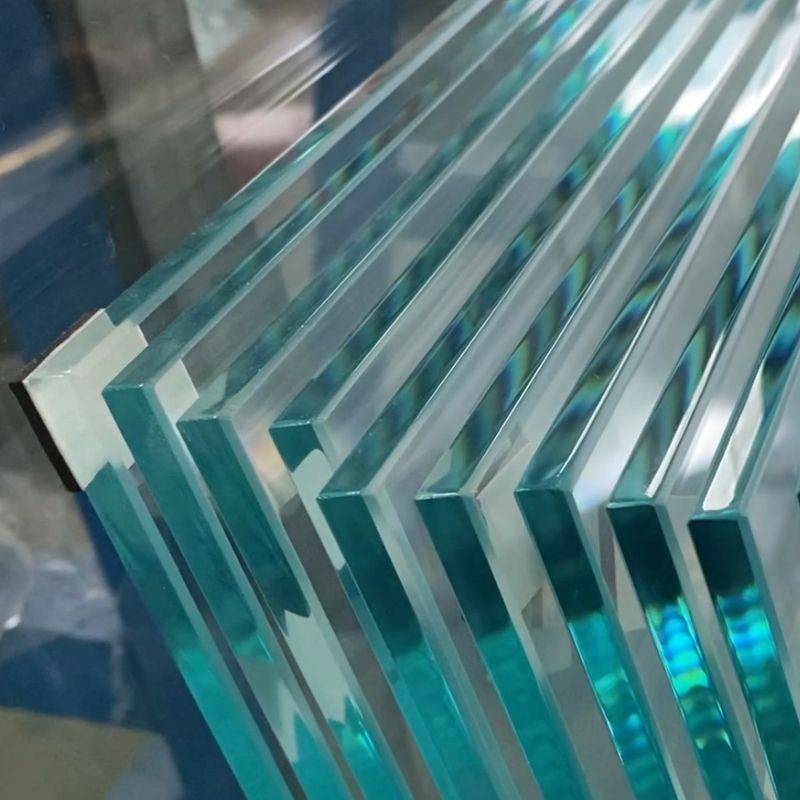

Understanding the Cost of Insulated Glass Units
Insulated Glass Units (IGUs) have become a staple in modern architecture and construction due to their energy efficiency and sound reduction properties. As buildings prioritize energy conservation and occupant comfort, the demand for IGUs has surged. However, understanding the cost associated with these units is essential for construction professionals, homeowners, and builders alike. In this article, we will explore the factors influencing the cost of insulated glass units and the advantages they provide.
What is an Insulated Glass Unit?
An insulated glass unit is made up of two or more glass panes separated by a spacer and sealed to create an air (or gas) space between them. This design significantly reduces heat transfer, making IGUs an effective solution for energy efficiency. They are commonly used in windows, doors, and even curtain walls, contributing not only to energy conservation but also to reducing noise from the outside environment.
Factors Influencing IGU Costs
1. Material Selection The type of glass chosen for IGUs can significantly impact the cost. Standard float glass is the least expensive option, while low-emissivity (Low-E) glass, which reflects infrared energy, adds to the price. Laminated and tempered glass are also options that enhance safety and performance but come with a higher cost.
2. Thickness The thickness of the glass panes used in IGUs can affect both the performance and the cost. Thicker glass can provide better insulation and durability but will also increase the overall price of the unit.
3. Gas Fill Many IGUs are filled with argon or krypton gas instead of just air to improve insulation properties. Argon is less expensive yet effective, while krypton offers superior insulation but at a higher cost.
4. Spacer Bars The type of spacer bars used between the glass panes impacts performance and price. Traditional aluminum spacers are economical but can lead to thermal bridging, whereas warm-edge spacers made from materials like polyurethane or stainless steel improve thermal performance and increase costs.
5. Size and Customization Standard-sized IGUs are more affordable due to economies of scale, while custom sizes and shapes will incur additional costs. Additionally, overtly large units may require specialized handling and transportation, affecting the final price.
6. Quantity Purchasing IGUs in bulk can often reduce the unit price due to volume discounts. This can be particularly beneficial for larger construction projects.

Average Costs
The cost of insulated glass units can vary widely depending on the factors above, typically ranging from $200 to $800 per unit. Standard double-pane units may cost between $200 and $400, while triple-pane units can range from $400 to $800, depending on the materials and specifications chosen.
Benefits of Insulated Glass Units
Investing in insulated glass units can yield significant long-term savings and advantages
1. Energy Savings IGUs help to regulate indoor temperatures, reducing heating and cooling costs, which can lead to significant savings on energy bills over time.
2. Enhanced Comfort By minimizing drafts and fluctuations in temperature, IGUs contribute to a more comfortable living and working environment.
3. Noise Reduction The insulation properties of IGUs help to block external noise, making them a preferred choice in urban settings or noisy environments.
4. Increased Property Value Homes and commercial buildings equipped with IGUs often see an increase in property value due to their improved energy efficiency and aesthetic appeal.
5. Environmental Impact Using IGUs can contribute to greener building practices, as they reduce the carbon footprint of structures by lowering energy consumption.
Conclusion
Understanding the cost of insulated glass units is crucial for anyone involved in construction or renovation projects. By considering the various factors that influence pricing, homeowners and professionals alike can make informed decisions that balance budgetary constraints with the benefits of energy efficiency and comfort. Ultimately, investing in high-quality insulated glass units is not only a means of enhancing a property's performance but also contributes positively to long-term environmental sustainability.